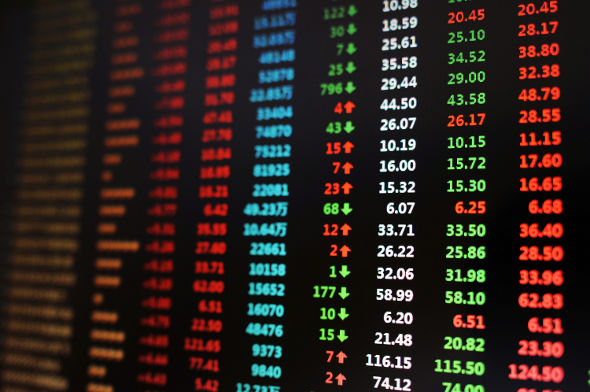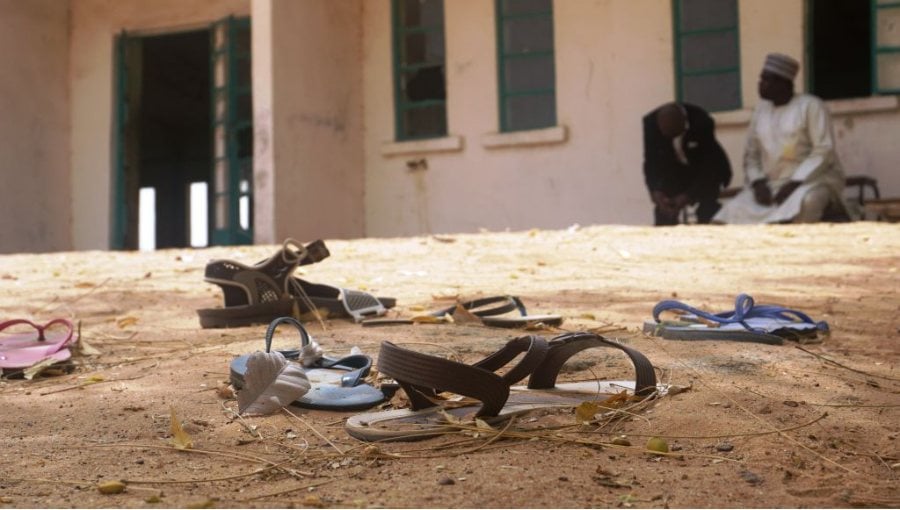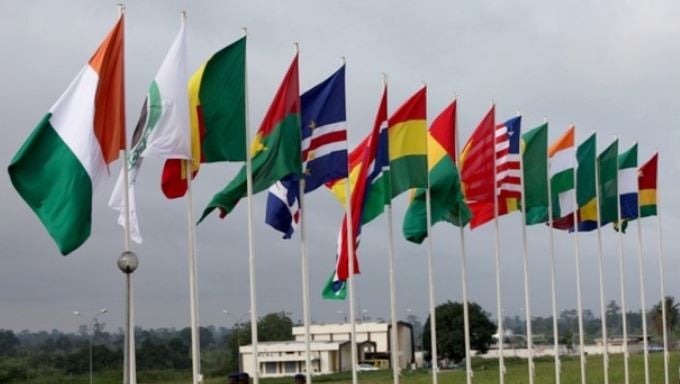Trading on the Nigerian Stock Exchange (NSE) maintained a lacklustre mood on Wednesday with the All-Share Index dipping 0.17 percent, thanks to a decline in banking stocks.
One of the biggest losers was Royal Exchange Plc which declined 10% to trade around 0.27 naira as of writing. Given the ongoing uncertainty presented by COVID-19, and recent depreciation in oil prices primarily fueled by signs of the coronavirus fallout weighing on the energy sector, appetite towards local stocks may remain muted.
South Africa publishes shocking GDP data
Words fail to describe South Africa’s shocking and surreal gross domestic product data for Q2.
Advertisement
Economic growth contracted by a heart-stopping 51 percent q/q during the second quarter of 2020 thanks to the impacts of lockdown restrictions since the end of March 2020. This is the steepest decline since 1990 and raises concerns over the outlook for Africa’s most industrialized nation.
It must be kept in mind that South Africa was already in a vulnerable situation before the coronavirus menace sunk its poisonous fangs into core services and sectors. The negative impacts continue to be reflected in economic data, as the country struggles to nurse deep wounds inflicted from tough lockdowns and rising coronavirus cases.
Expectations are set to mount over the South African central bank cutting interest rates for the sixth time this year to jumpstart economic growth. Given how inflationary pressures remain muted with consumer prices around 3.2 percent, this offers the SARB enough breathing room pull the rate cut trigger potentially in September or November.
Advertisement
The key question is whether lower interest will breathe life into an economy entangled in a fierce battle against multiple risks. As of now, South Africa is predicted to experience its worst economic contraction since the Great Depression in the 1930s.
Despite all of this negativity, the rand is standing tall against the dollar and other G10 currencies today. It has even appreciated across the board since the start of September and has offered a mixed performance across the FX space quarter-to-date.
The South African rand remains influenced by external drivers in the form of COVID-19 developments, US-China trade and global sentiment. If the market mood improves this week and investors able to shake concerns over possible a delay in the COVID-19 vaccine, this may bode well for the rand.
Dollar bulls stage a comeback
Advertisement
After being badly mistreated by G10, Asian and Emerging market currencies over the past few months, the dollar has had enough.
The former king of the currency markets is on a mission to reclaim dominance, appreciating across the board after a sell-off in stock markets prompted investors to rush towards safe-haven destinations.
Dollar bulls seem to be deriving strength from not only concerns over a possible delay in the COVID-19 vaccine but the recent US jobs report showing a decline in the US unemployment rate and jump in US Treasury yields.
With the dollar index trading at levels not seen in four weeks around 96.30 and appreciating over 1.5 percent since the start of September, are bulls back in the game?
Advertisement
Looking at the technical picture, a rebound may be on the cards on the weekly timeframe following the solid move above 93.00. A weekly close beyond this point could suggest an incline towards 94.00 and 96.00 in the medium term. If 94.00 proves to be reliable resistance, the DXY may find itself sinking back towards 93.00 and 91.15.
On the daily timeframe, prices remain in a wide range with support at 92.20 and resistance around 94.00. A daily close above 94.00 could inject bulls with enough inspiration to target 94.65 which then opens the doors towards 93.00 and beyond.
Advertisement
The question on the mind of many investors is whether the Dollar is able to maintain this current burst of confidence and majesty across the FX space. Although the currency is still considered as a safe-haven currency and the worlds reserve currency, it has weakened against every single G10 currency this quarter.
Negative themes in the form of rising coronavirus cases in the United States and political uncertainty ahead of Novembers presidential election may limit the dollar’s upside gains. Given the fundamental forces influencing the dollar’s longer-term outlook, prices still have the potential to decline with a move below 92.00 on the monthly timeframe acting as an early signal.
Advertisement
Add a comment







